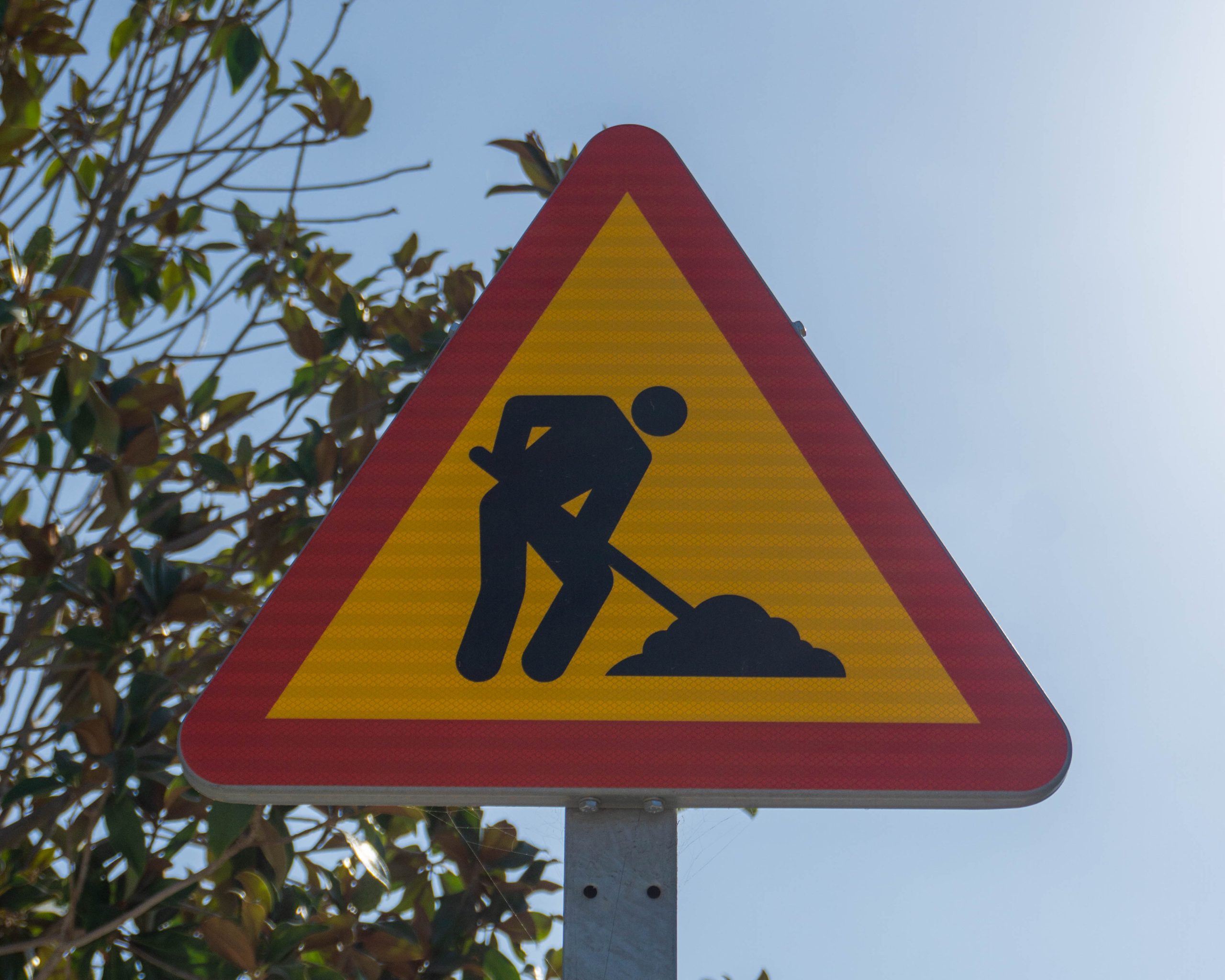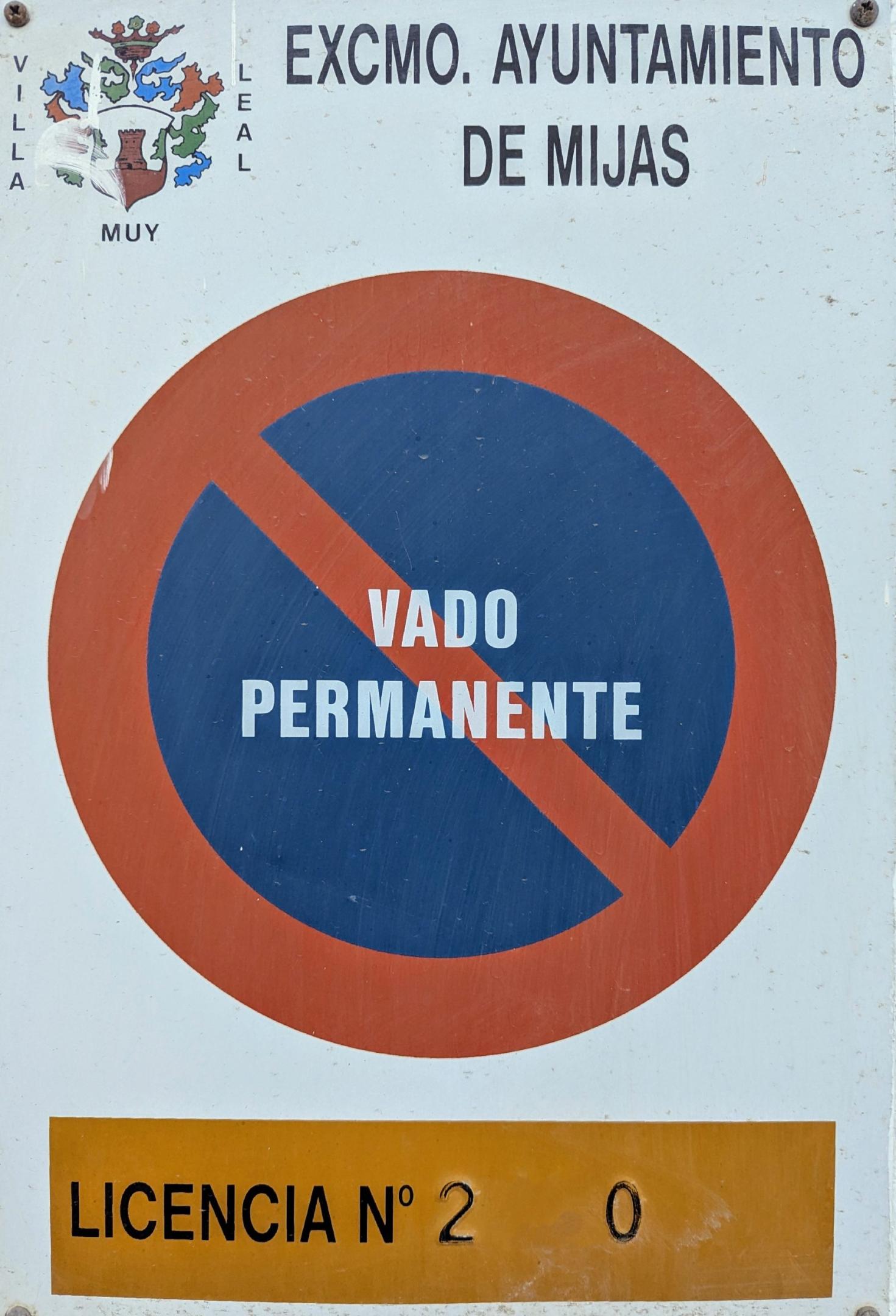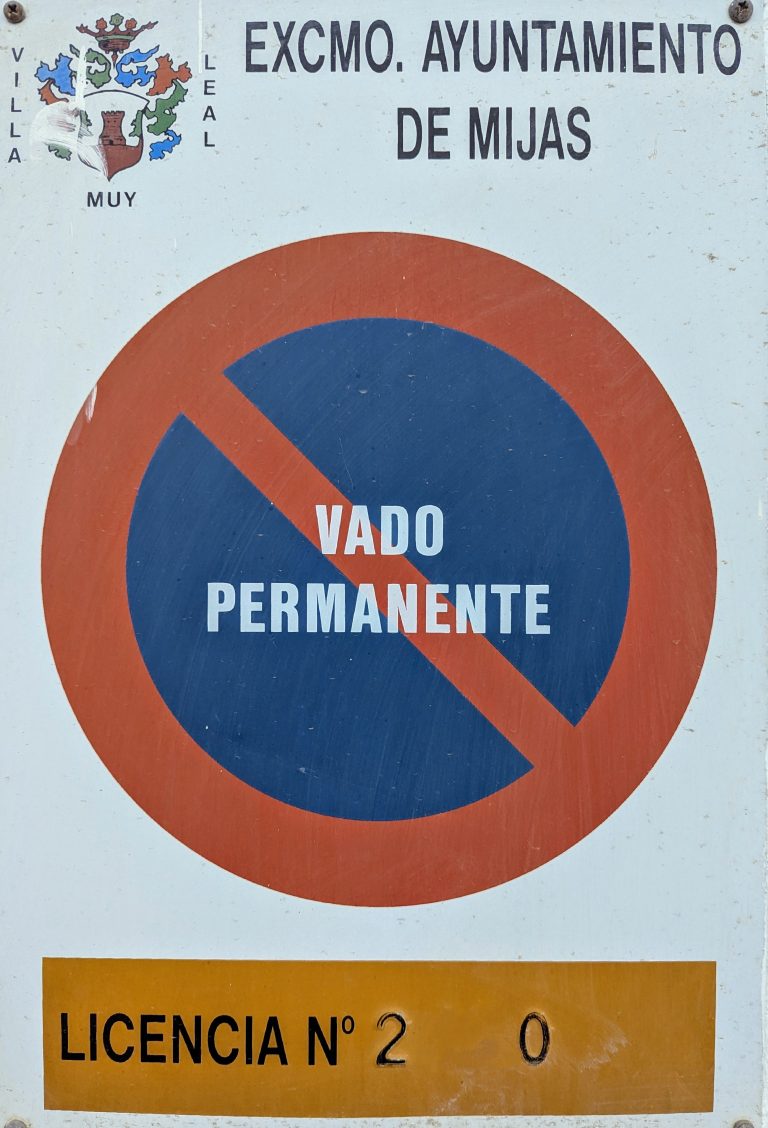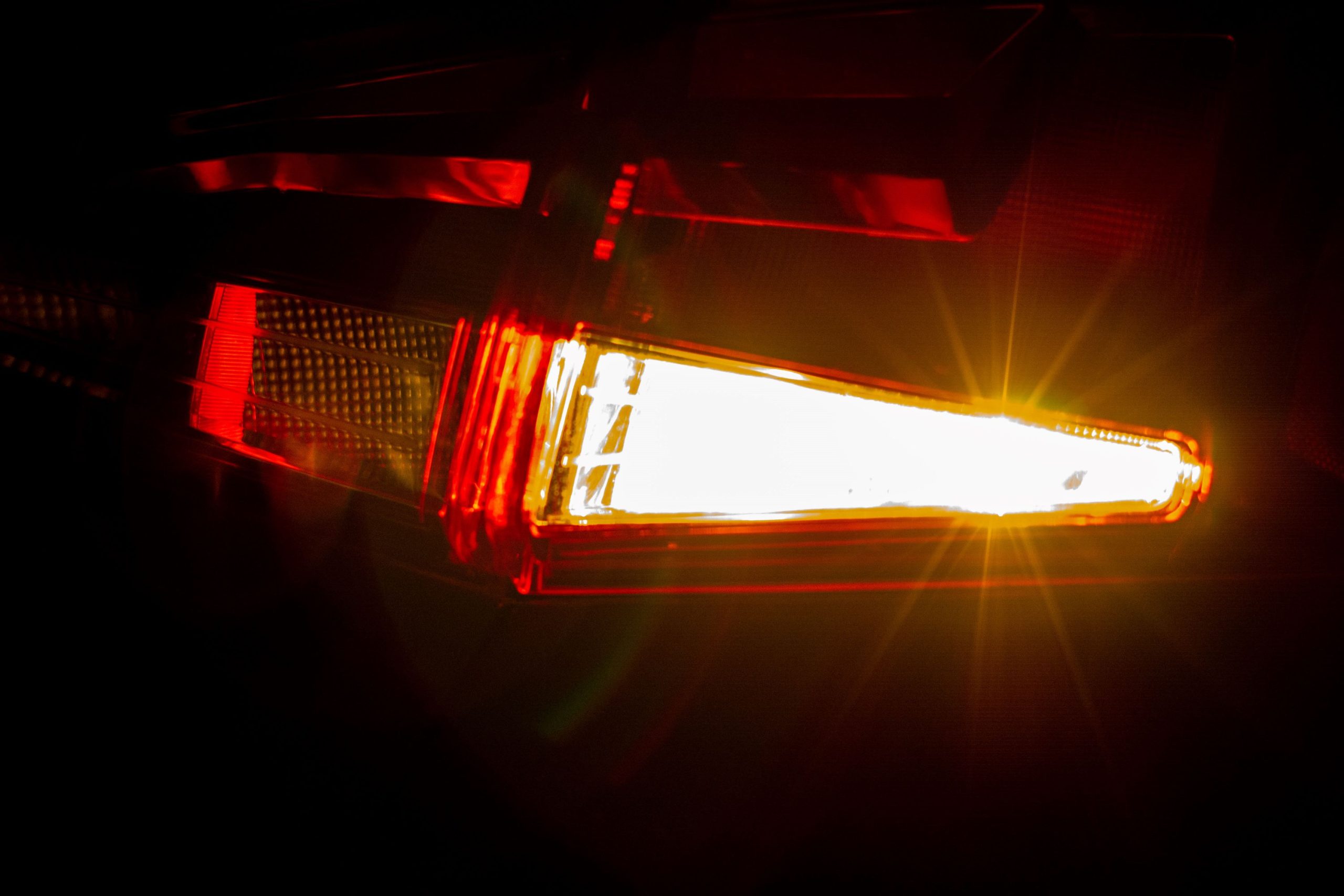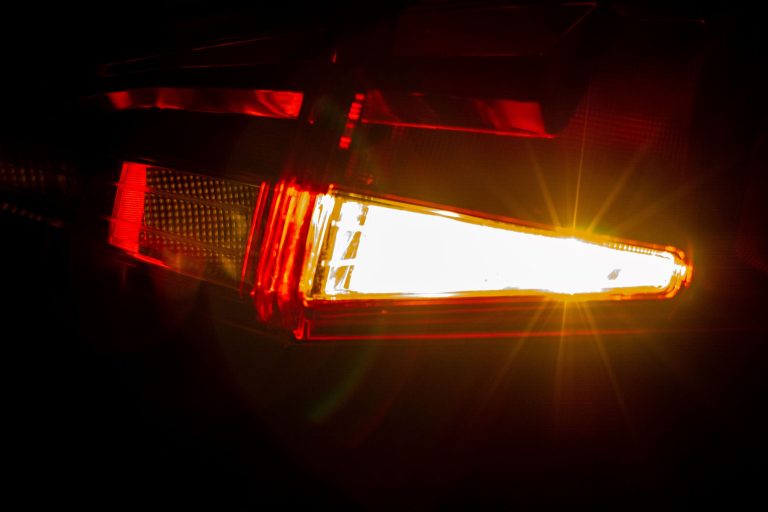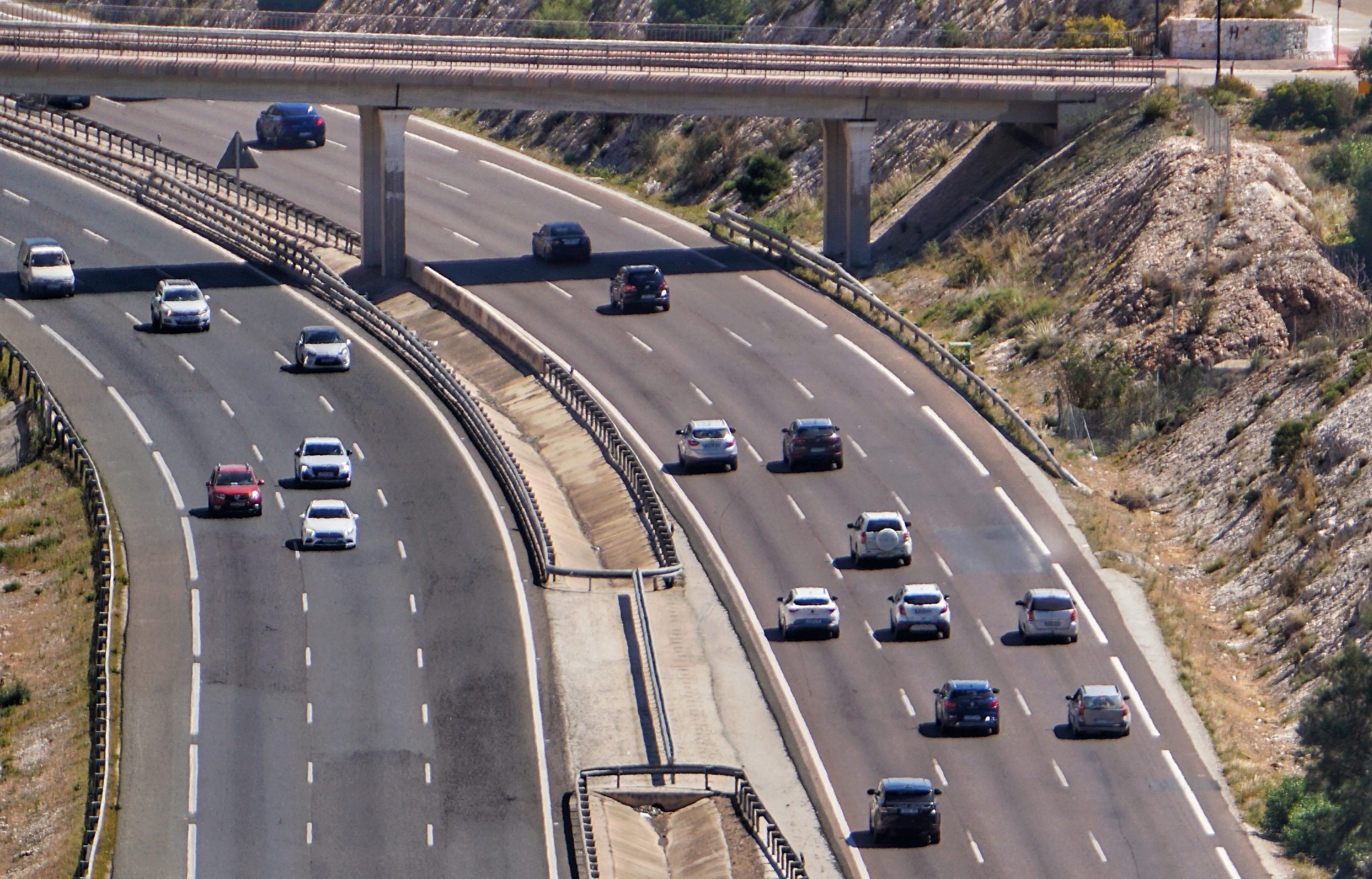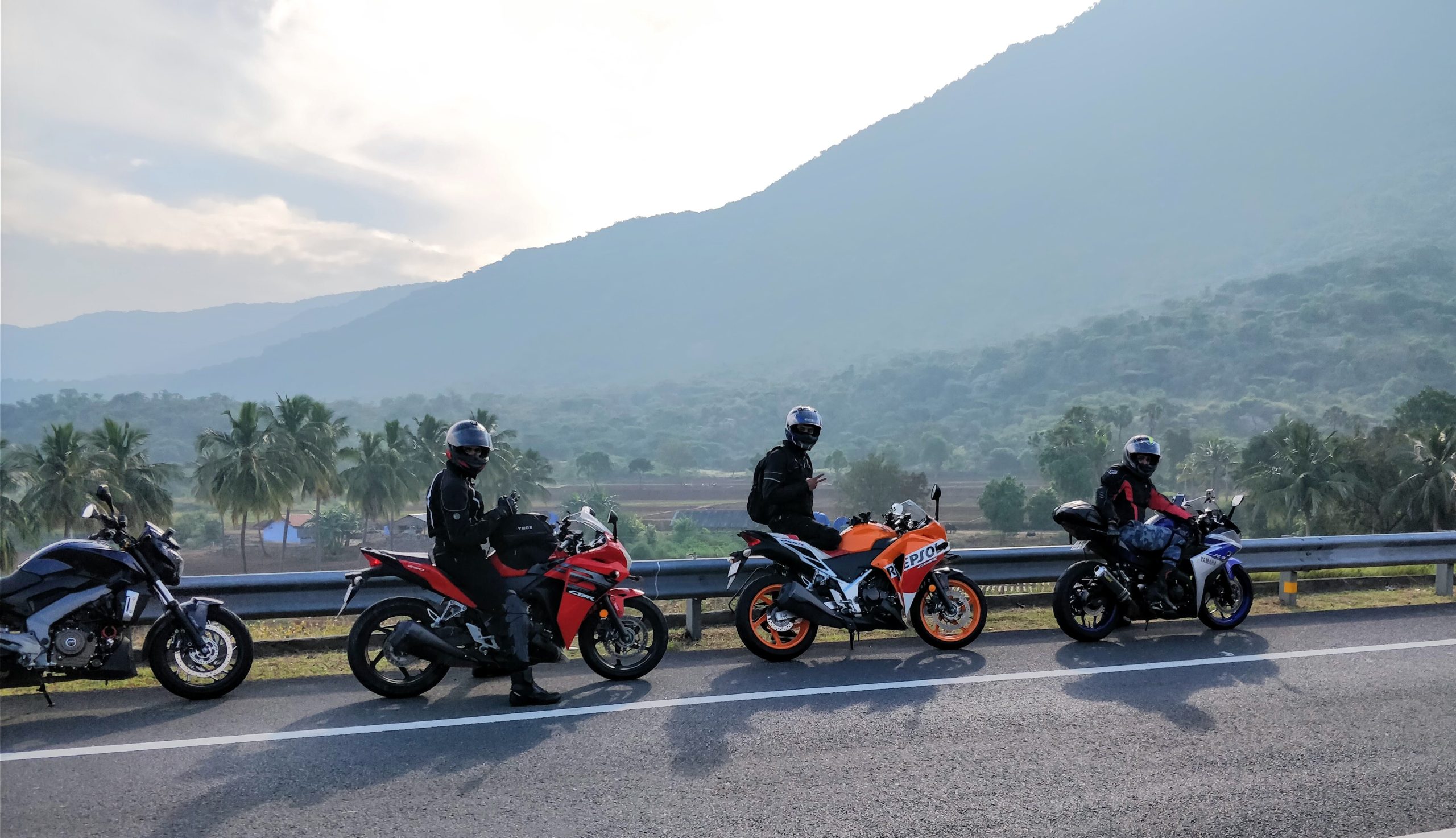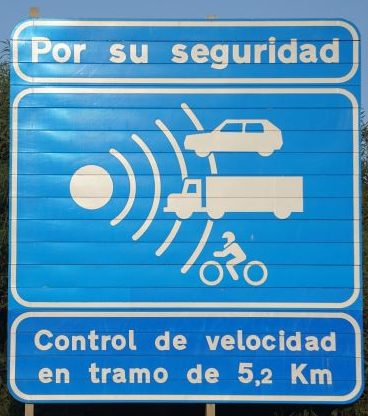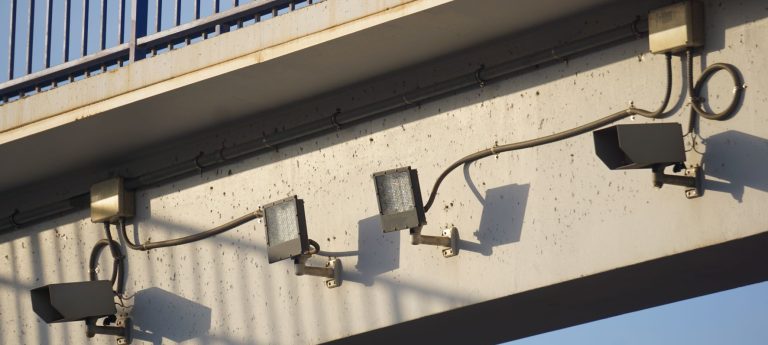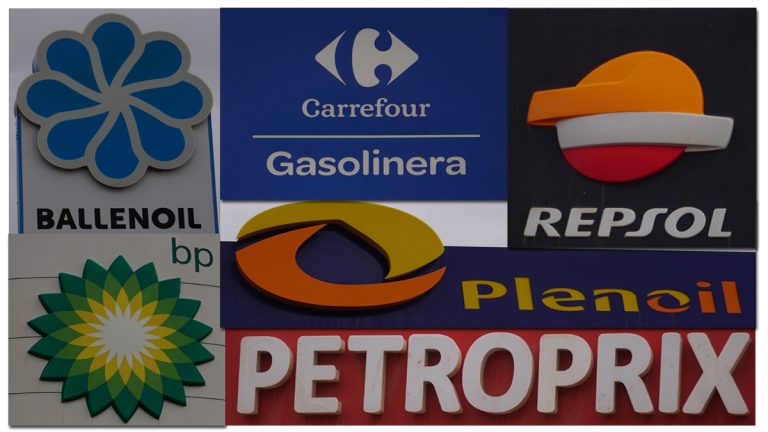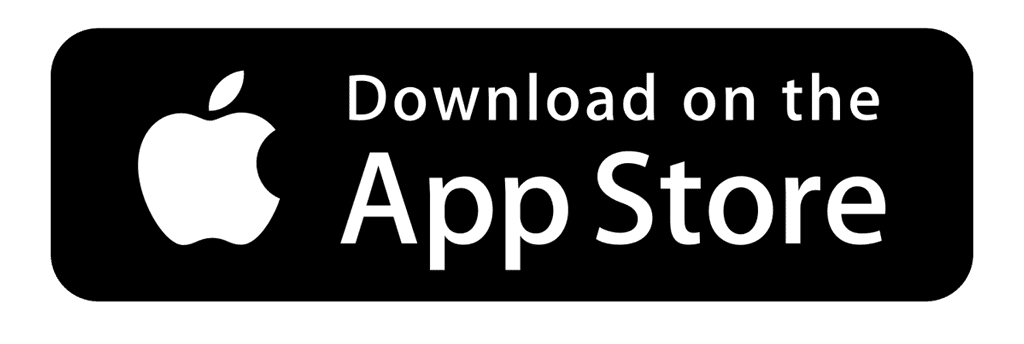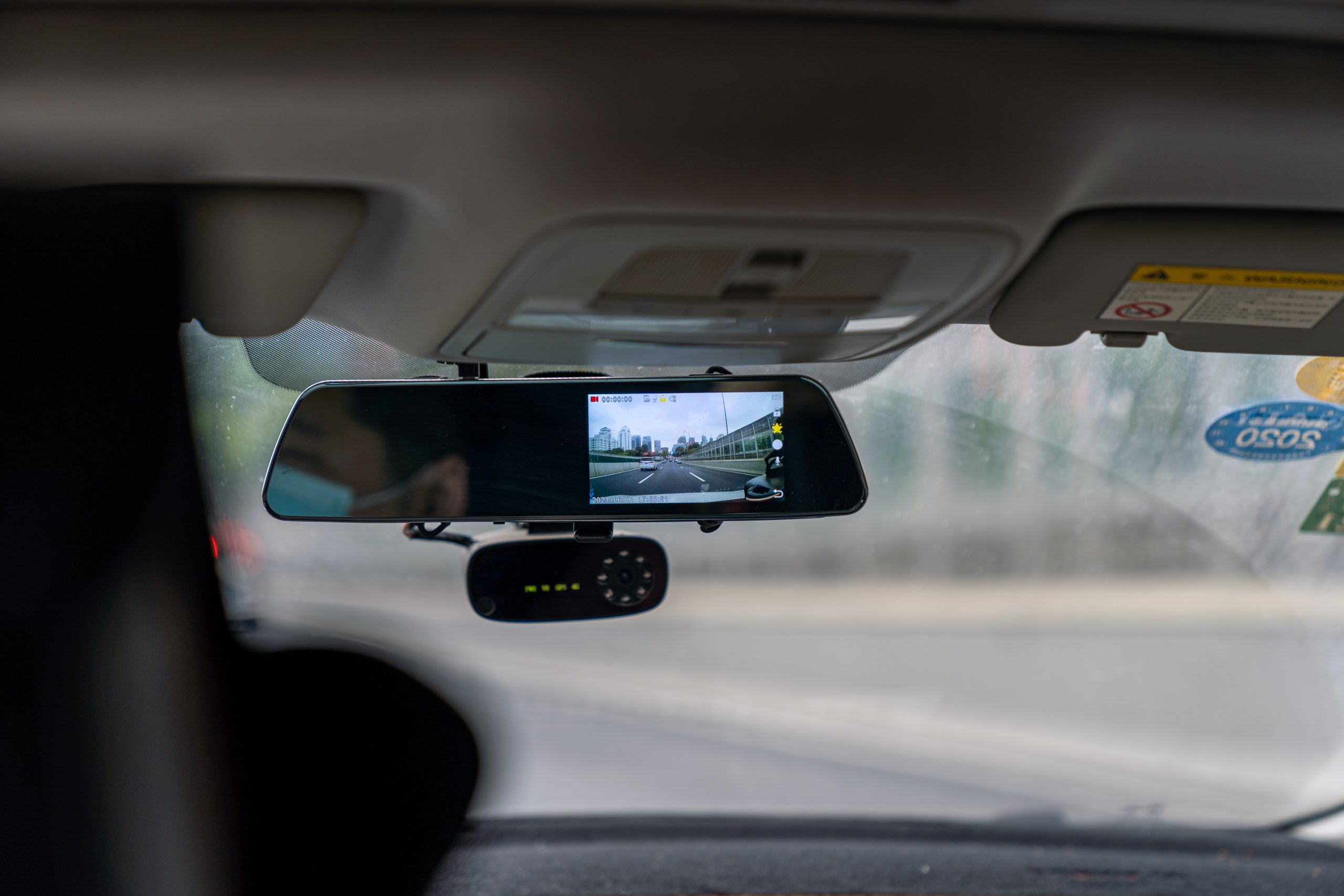A total of 11,763 drivers were reported during a roadwork surveillance and control campaign on interurban roads conducted by the Directorate General of Traffic between June 3 and 9.
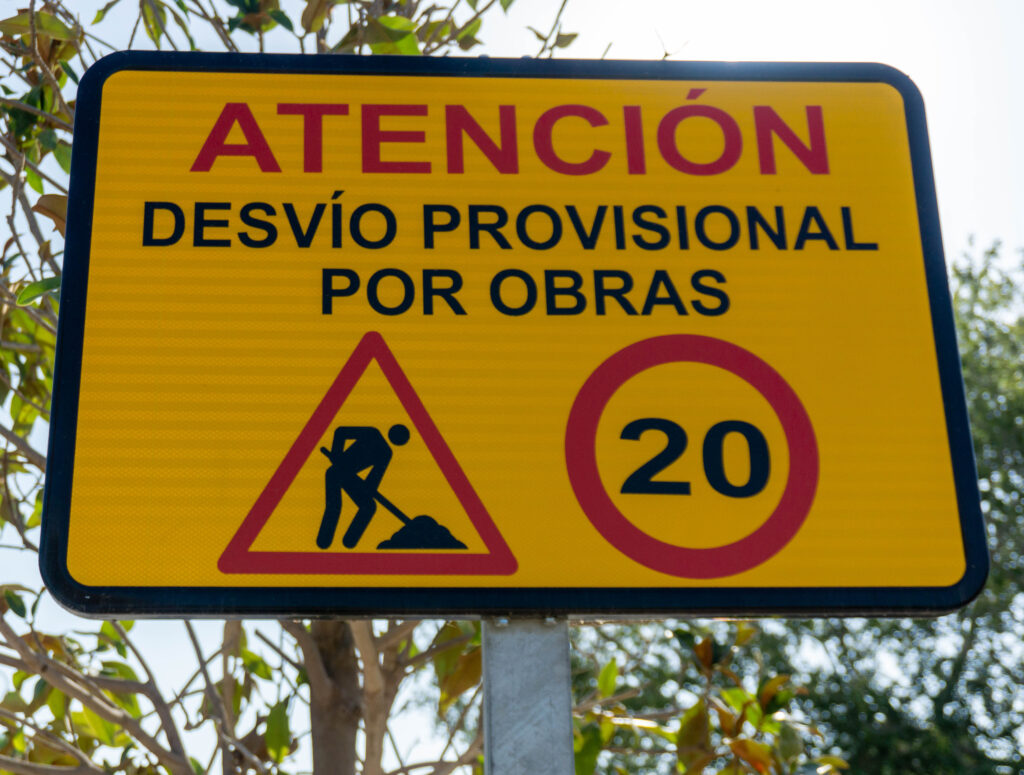
In 2023, there were 131 traffic accidents related to road maintenance and conservation works, 21 of which involved workers who were working or walking on the road or nearby (pedestrians), while the other 110 involved maintenance and conservation workers inside their vehicles.
The road surveillance and control campaign carried out by the Traffic Group of the Guardia last June focused on interurban roads where roadworks were being carried out. The campaign ended with 187,852 vehicles checked, of which 11,763 were reported.
During the seven days of the campaign, special attention was given to works affecting the roadway and/or altering the lane layout, including tunnel sections, with the aim of reducing risky behaviour in those sections while driving, such as inappropriate speed, distractions, and overtaking.
Out of the 11,888 reported offences, 10,173 were for speeding in the work zone, an offence committed by 85% of the reported drivers. Adherence to speed limits in work zones is one of the main factors in the fatality rate of workers working on roads open to traffic.
According to provisional data from the National Register of Traffic Accident Victims, in 2023, there were a total of 131 traffic accidents related to road maintenance and conservation works, of which 21 involved workers working or walking on the road or nearby (pedestrians), while the other 110 involved maintenance and conservation workers inside their vehicles.
Additionally, 275 drivers were reported for not respecting signals, whether from traffic surveillance agents, vertical signs, road markings, traffic lights, cones or flashing beacons, or any other type of signage.
During the campaign, 193 drivers were also sanctioned for using their mobile phones in those work zones, and 183 for not wearing seat belts. Additionally, 52 were sanctioned for driving with alcohol levels above the permitted limits, and 61 for the presence of drugs in their system.
The 161 reports for illegal overtaking, 33 for negligent driving, 21 for not respecting safety distances, and 30 for improper lane changes in work zones are also concerning.
Source: DGT
You may also wish to see the post on fines for speeding.

